he Mindfulness in Medicine Toolkit offers resources for you to practice mindfulness together as a team or on your own. This list of resources includes step-by-step instructions for leading or practicing mindfulness activities and video demonstrations to follow along with.
How to use the Toolkit
-
Click on a topic below and try it out solo or as a team.
-
Customize: If it helps, think of the tools like a recipe; we’ve provided the ingredients, you can pick the activity that best suits your needs.
-
Contact us: We are here to help answer questions, facilitate a practice with your team, or shadow and give feedback as you lead (resiliencycenter@hsc.utah.edu).
Mindfulness in Medicine Class
Click here for a Mindfulness in Medicine workshop.
Tools
3 Ways To Build Mindful Habits
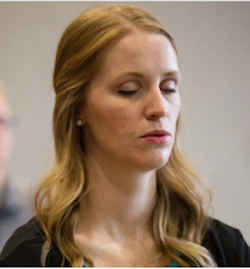 Health care is complicated, emotionally challenging work. Thriving in complexity requires two things: continuous system improvement and building individual resilience. This article focuses on three ways we can build habits that support individual resilience from three experts who do it every day.
Health care is complicated, emotionally challenging work. Thriving in complexity requires two things: continuous system improvement and building individual resilience. This article focuses on three ways we can build habits that support individual resilience from three experts who do it every day.
Read the article (3 min)
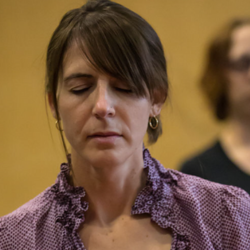
Practice: Awareness of Breath
Just like we have exercises for the body, we also have exercises for the mind and heart to cultivate mindful awareness.
This tool contains two guided meditations designed to help you fit mindfulness into a busy schedule. Listen whenever you find the time or feel the need to unwind.
Read the article (4 min)
Listen to the guided meditation – Heidi O'Donoghue (4 min)
Listen to the guided meditation – Trinh Mai (9 min)
Three Mindful Breaths: A Simple Practice for Daily Wellbeing
Explore the art of mindful breathing and how incorporating just three conscious breaths into our day can transform the way we experience the world, offering a path to clarity,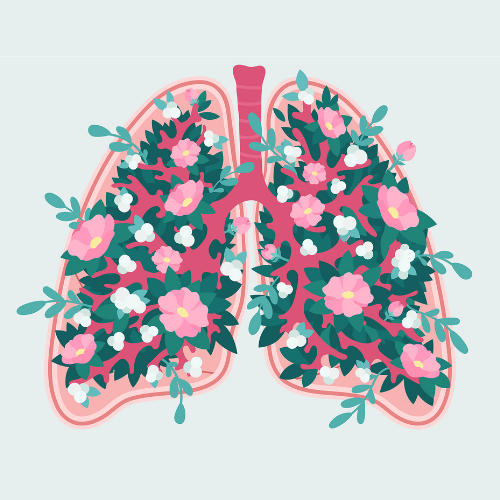 calm, and a deeper connection with the present moment.
calm, and a deeper connection with the present moment.
Read the article (2 min)
Download the quick guide (1 min)
Practice: S.T.O.P.
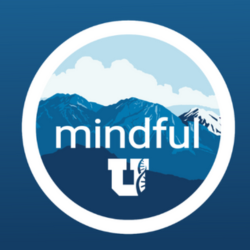 S.T.O.P. is an informal mindfulness practice that allows us to take a breath and check in to see how we’re doing. It can assist us in shifting from states of distraction and automatic pilot to being present and intentional. S.T.O.P. stands for:
S.T.O.P. is an informal mindfulness practice that allows us to take a breath and check in to see how we’re doing. It can assist us in shifting from states of distraction and automatic pilot to being present and intentional. S.T.O.P. stands for:
- S — Stop, or pause
- T — Take a breath
- O — Observe the body, thoughts, feelings, emotions, and physical sensations
- P — Proceed with more awareness
Read the article (4 min)
Listen to the guided meditation – Trinh Mai (5 min)
Listen to the guided meditation – Rob Davies (4 min)
How to Practice R-A-I-N
RAIN (recognize, allow, investigate, nurture) is an easy-to-remember tool,
whether we are navigating a patient death, a negative or unexpected outcome, a medical mistake, or a challenging interpersonal conflict, this tool provides an opportunity to cultivate compassionate attention to our suffering, enabling us to respond effectively.
Read the article (3 min)
Listen to the guide (6 min)
Download the quick guide (pdf)
Watch the R-A-I-N Guided Meditation (11 min)
How to Practice Self-compassion for Resilience and Well-being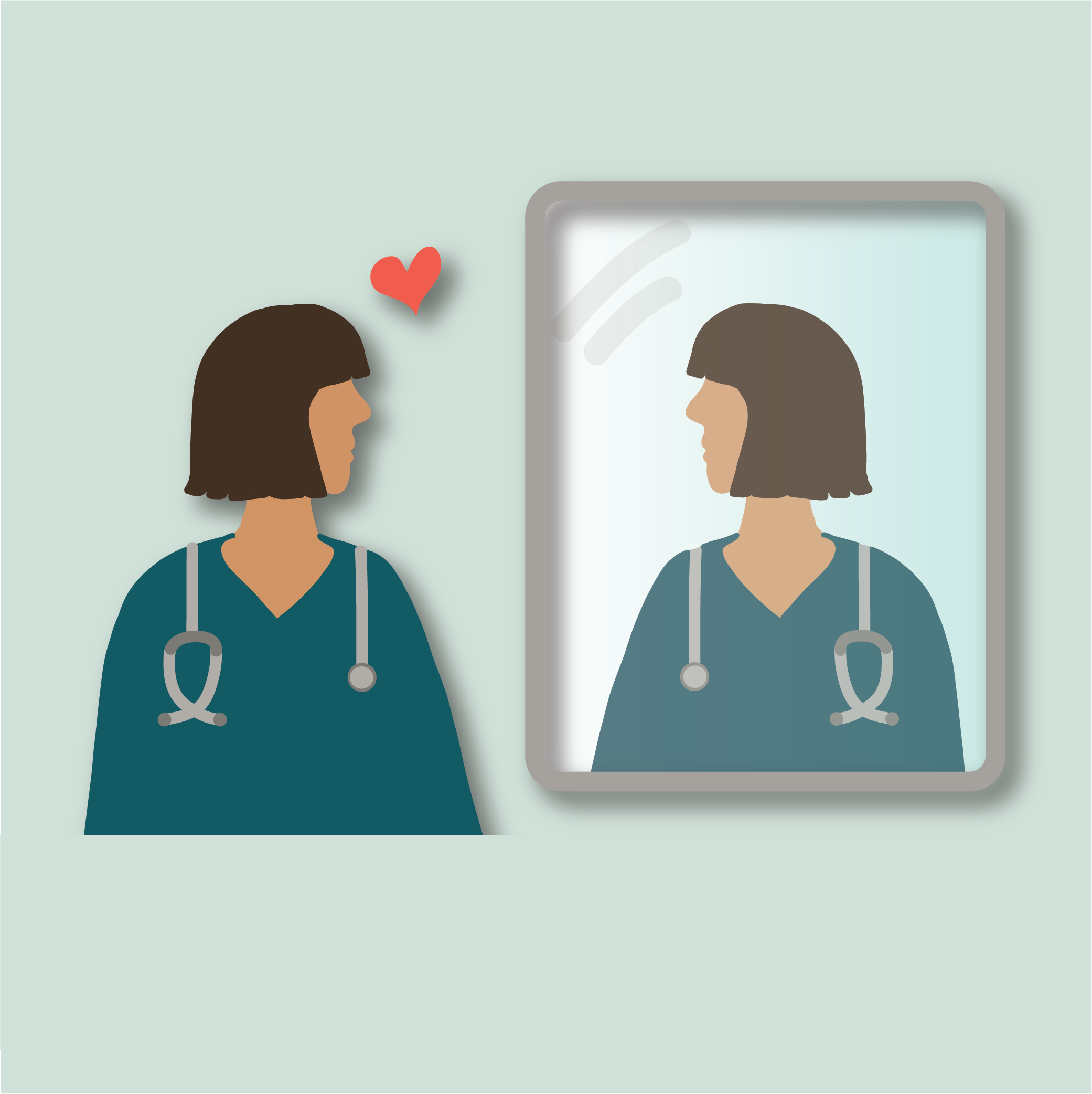
We can be so hard on ourselves. Contributors from the Resiliency Center share how self-compassion, the practice of being kind and fair to yourself during times of stress, can improve your well-being and resilience.
Read the article (4 min)
Download the guick guide (pdf)
The Practical Psychologist: How to Cultivate Self-Compassion
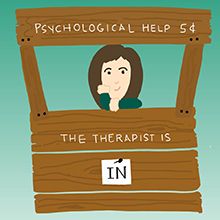 In this column, the Practical Psychologist is here to answer your mental health questions. A 30-second exercise you can do right now to build more self-compassion.
In this column, the Practical Psychologist is here to answer your mental health questions. A 30-second exercise you can do right now to build more self-compassion.
Read the article (2 min)
Mindful Movement: A Path to Holistic Well-Being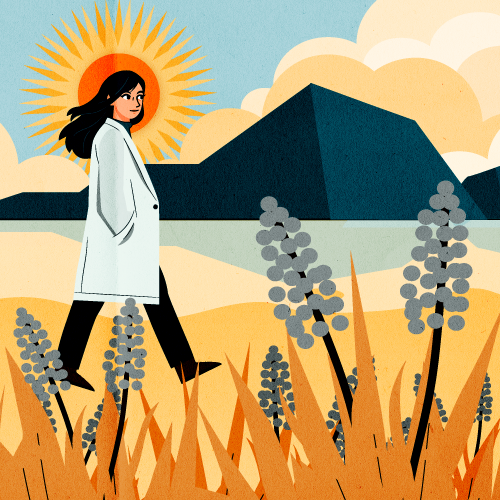
You can prioritize personal well-being through holistic approaches, including mindful movements and connecting with nature. Learn how these practices boost mental, physical, and emotional health, enhancing productivity and reducing stress for a more balanced life.
Read the article (4 min)
Download the quick guide (3 min)
Mindful Eating: Slow Down and Taste Your Food
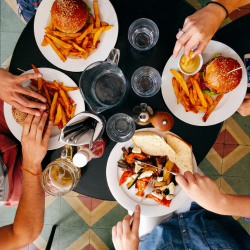 Amidst the hurried pace and stressful conditions, healthcare professionals can find solace in savoring each bite with intention, bringing gratitude to their meals, and rediscovering the joy of food. Learn how this practice offers moments of tranquility in the midst of clinical chaos.
Amidst the hurried pace and stressful conditions, healthcare professionals can find solace in savoring each bite with intention, bringing gratitude to their meals, and rediscovering the joy of food. Learn how this practice offers moments of tranquility in the midst of clinical chaos.
Read the article (4 min)
Download the quick guide (2 min)
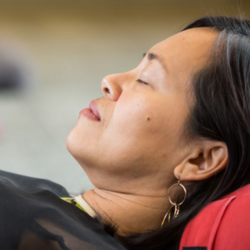
Practice: Body Scan
The body scan is a practice to help us tune in and listen. This pratice tends to help us relax the body and can be helpful with sleep.
The following two podcasts are guided meditations designed to help you fit mindfulness into a busy schedule. Download (or just hit play) whenever you find the time or feel the need to unwind.
Read the article (10 min)
Listen to the guided meditation – Heidi O’Donoghue (9 min)
Listen to the guided meditation – Rob Davies (9 min)
A Guide to Walking Meditation
Hospitals and clinics can be frenetic environments.
We know that performing optimally for the benefit of patients, families, and colleagues requires us to care for our basic needs and scatter moments of self-care throughout the day. One way to cultivate this awareness
of the body and attend to its signals is through “walking meditation”—a focused awareness on the physical experience of walking.
Read the article (3 min)
Listen to the guide (6 min)
The Four Elements Meditation
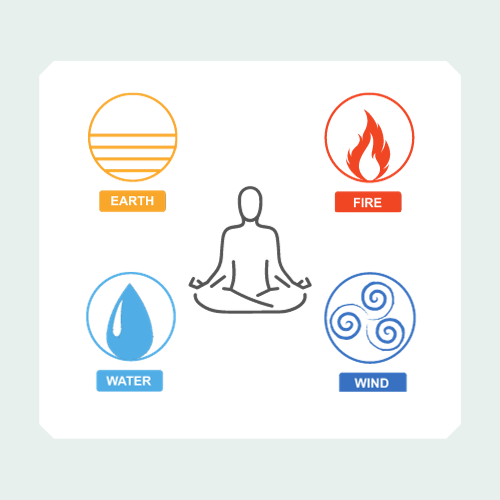 Explore the tangible sensations of earth, water, fire, and wind within you, guiding your awareness to the solidity of your bones, the fluidity of your breath, the warmth of your being, and the gentle breeze of your breath. By immersing yourself in these elemental experiences, you'll cultivate a profound sense of presence and gratitude for the miraculous intricacies of your own existence.
Explore the tangible sensations of earth, water, fire, and wind within you, guiding your awareness to the solidity of your bones, the fluidity of your breath, the warmth of your being, and the gentle breeze of your breath. By immersing yourself in these elemental experiences, you'll cultivate a profound sense of presence and gratitude for the miraculous intricacies of your own existence.
Read the article (2 min)
Download the quick guide (1 min)
This program is supported by the Health Resources and Services Administration (HRSA) of the U.S. Department of Health and Human Services (HHS). The contents are those of the author(s) and do not necessarily represent the official views of, nor an endorsement, by HRSA, HHS, or the U.S. Government. For more information, please visit HRSA.gov.
Resiliency Center
Well-being expert and physician David Sandweiss explores the tangible sensations of earth, water, fire, and wind within you. Each element guides your awareness to the solidity of your bones, the fluidity of your breath, the warmth of your being, and the gentle breeze of your breath. By immersing yourself in these elemental experiences, you'll cultivate a profound sense of presence and gratitude for the miraculous intricacies of your own existence.
With the change of the season upon us, now is a great time to focus on self-care. Well-being specialist Jamuna Jones shares her top 10 tried-and-true tips aimed at optimizing your health and nurturing your mind, body, and soul during this seasonal shift.
Mindfulness and Integrative Health researcher Adam Hanley and colleagues have shown integrating brief mindfulness practices into a variety of patient care settings can reduce pain, medication use, and improve patient satisfaction. Here’s how to try it out in your own practice.
